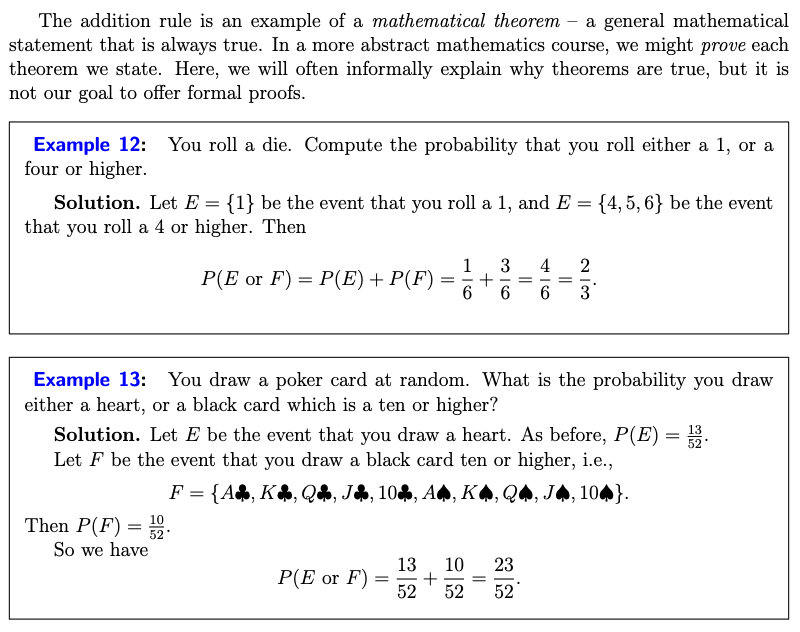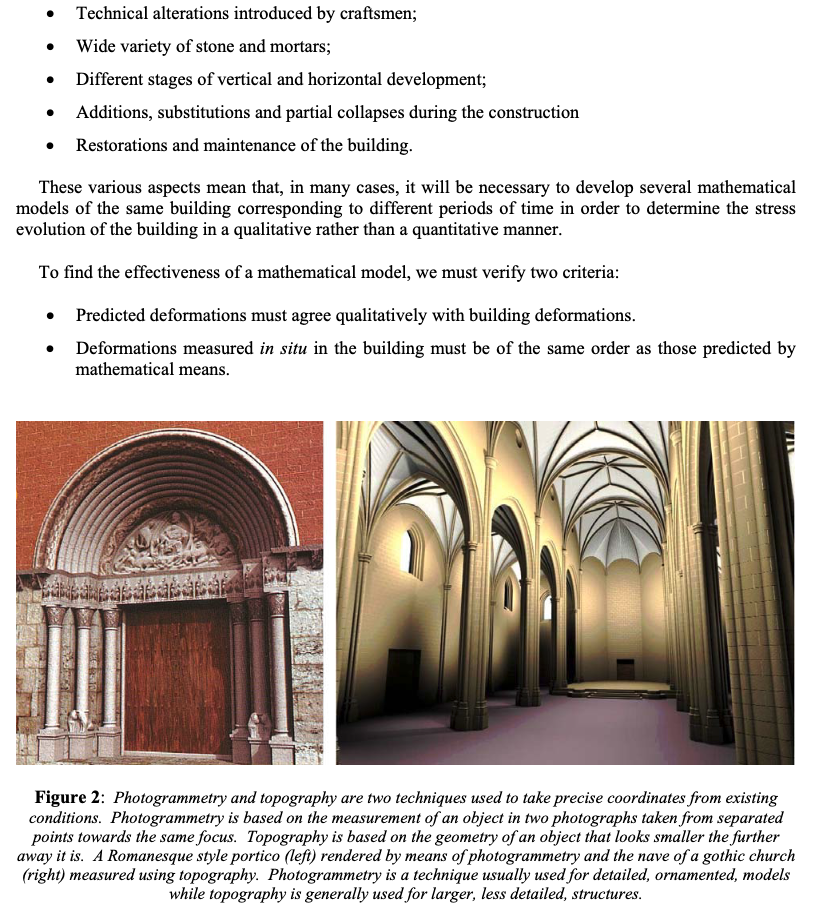IB Math: Getting Started on Your IA
The day has finally come. You’ve been assigned your IA. Or maybe your teacher has recommended you start preliminary research on some topics and ideas.
Whatever position you find yourself in, if you’re just beginning the research phase of your paper, you’ll find some helpful strategies below to make this process a little easier.
Track A: You have lots of time before your IA is due
I’d head over to the local library or start browsing online bookstores (e.g. Amazon) for books on math. Since you have more time, you can explore at a more relaxed pace. You can use general books on math or math textbooks. The great thing about math textbooks is they have lots of real-life problems that can inspire an interesting research question. College algebra, college calculus, economics, and business math textbooks (just to name a few) are great resources.
This will give you a much better chance of finding math topics that you find interesting, which will in turn have a positive impact on your score for Criterion C: personal engagement.
Track B: You have a few weeks before your first draft is due
You’ll probably have less time to order books and wait for them to arrive. A last minute trip to the library or browsing an online bookstore is still helpful but you’ll probably find online research to be the most useful at this point.
Track C: Your IA draft is due tomorrow and you haven’t started
You need to start putting pen to paper or curser to word processor now.
Step 1: Find a highly graded IA from a previous year (try the sample IA’s from the IBO link below in Recommended Websites)
Step 2: Scroll to the reflections part of the paper where the student discusses extensions and further topics to explore
Step 3: Use these topics as your main research question
Step 4: Using their paper as a guide for structuring, begin researching and writing a parallel study.
It goes without saying, but your paper must have all original research and work. Emulate, don’t imitate!
Recommended Books
The Code Book: The Science of Secrecy from Ancient Egypt to Quantum Cryptography (Simon Singh)
Calculus 9th Edition (James Stewart, Daniel K. Clegg, Saleem Watson)
Recommended Youtube Channels
Recommended Websites
Inthinking.net or ThinkIB.net
NPR Math Guy (Keith Devlin)
Recommended Journals
Journal of Mathematics and the Arts
Recommended Searches
“topic” + IB Math IA
“IB Math IA ideas”
Recommended Topics
How can you copyright every single melody in the 12-note scale?
How can we derive the sum of squares formula?
What is an infinitesimal and why can we manipulate it using algebra?
Should I start with topics I find interesting or should I start with math that I enjoy?
This is totally up to you. Most students start with their personal interests and try to connect it to a math topic they have seen in class.
If you’re fond of math, you might find it easier to start with math topics you enjoy and then connect it to a real world application or even do a pure math exploration.
What to look for when you’re reading
Ok, so you’ve started browsing through some websites and articles. What should you be looking for?
There’s one big thing to keep an eye out for: the number of math equations you spot while reading. If you read through an an entire website article and there aren’t any numbers or math equations presented, keep looking!
You’re not responsible for coming up with all of that math yourself. Make your life easier by finding sources with lots of worked examples and math equations. You’ll be using these as a guide as you write your paper.
Good Example:
the math of game shows
Bad Example:
the math of gothic arches
What to keep in mind during the research phase
Having helped quite a few students start and finish their IA’s over the years, I can say unequivocally that the most important phase of writing your IA is the research phase.
The worst thing that can happen is that you are halfway towards your deadline and you suddenly find that your topic isn’t sufficiently complex.
While you can’t see the future perfectly, try as hard as you can to vet your topic early on. This means doing a lot of research and working the math for your topic right at the beginning. You should be able to see very quickly if your math will be sufficiently complex for a good score and is also in-depth enough to fill out the minimum 12 page requirement.
The best way to do this is to write your data and analysis sections of the paper as early as possible. If there aren’t enough math equations showing up or the difficulty of the math is not very complex, it’s a good sign to choose another topic.
It might seems strange to start writing your paper when your teacher is only asking for an outline, but doing this is absolutely the best way to start your IA.
How long does the research phase take?
The research phase of the paper is the hardest part of writing your paper so take your time. You can expect about three weeks of trying and discarding topics before you find one that works really well.
How many attempts does it take to find a good topic?
It’s difficult to put an exact number to it, but expect to go through quite a few topics at first. Once you find a topic and spend a few hours researching it, you might find that it’s either too easy or too difficult, and you’ll start again repeating this process until something sticks.
My topic is too simple, what do I do?
You have two options:
Find tangential topics that are connected to your original question and can let you extend your paper
Start over
My topic is too complex, what do I do?
You have two options:
Reduce the scope of your research question (ask a simpler question)
Start over
How do I know if it’s a good research question?
A good research question is specific (e.g. What’s the optimal mathematical model for cars turning at high speed?) and also has many tangential questions to answer (e.g. What is the best model for slow speed? How does this model change for larger vehicles? etc.)
Having a research question with sub-questions and tangential questions are really helpful for extending a paper if the main research question ends up being too simple.
What types of investigations should I avoid?
The one type of paper that I have seen fail time and time again is the statistical research paper. This includes papers where the student collects their own data (by collecting survey responses from fellow students) or if they find a data set online.
Unless you are in Math HL AI, I would strongly recommend against this type of investigation as the level of math complexity is not high enough, the datasets are often too small or too large and/or difficult to locate online.
Also, don’t do an investigation on a math topic you aren’t familiar with. The IA is already challenging enough as it is, don’t give yourself the task of learning a whole new branch of mathematics as well (unless you have the time and would thoroughly enjoy it!).
How should I start writing the paper?
As mentioned above, you want to write your paper from the middle and work your ways outwards towards the introduction and conclusion.
Start with your data and analysis sections first, always! The largest part of your score will come from your use of mathematics (Criterion E). But more importantly, by starting with your data and analysis section, you will immediately know if your chosen topic has enough math complexity to meet scoring standards and fill out your minimum page requirements.
You want to complete this section as soon as possible to vet your topic and make sure you don’t have to restart your IA from scratch.
The great news is that once this part of your paper is complete, the rest of the paper almost writes itself.
Who grades my IA?
Your IA is graded by your teacher and then a sample of papers from your school are graded by the IBO and compared against your teacher’s scores to standardize them.
What percentage of my final score is determined by my IA?
The internal assessment contributes 20% to your final score in IB Math.
Guidelines to keep in mind
Not all of these will apply to every classroom but generally the paper must be
12-20 pages
accessible to students at the same grade level
formulas must be typed in an equation editor and not inserted as a picture
First/second person not allowed except for in personal engagement sections
Large data sets/diagrams should be moved to an appendix
Paper Structure
The structure of the paper will vary from teacher to teacher but generally you should have the following:
Cover Page
See your teacher for what to include
Table of Contents
auto-generated by word processor
Introduction
You want to start general with your interest and then get into the specifics of the research question
Math Theory
Discuss the math that you are going to use in the paper. Your audience is other students in your grade. Only explain math topics that the other students have not seen in class.
Data/Math Working
This is where you want to start your paper.
This section should be mostly graphs/tables, equations, and math being applied to your topic.
Analysis
Analyze the data and the math in the previous section. What conclusions can you draw?
Complete this section second.
Reflection
Can be combined with the conclusion.
What worked in your investigation? What didn’t work?
What would you still like to research about this topic?
Conclusion
Recap and summarize
Don’t add any new informations here
Citations
Appendix
Understanding the Criteria
Criterion A: Presentation
Is the paper well-organized and formatted correctly?
Criterion B: Mathematical communication
Can the audience understand the topic?
Criterion C: Personal engagement
Does the author show genuine interest/enthusiasm in their topic?
Criterion D: Reflection
Does the author reflect on the investigation thoroughly in their conclusion?
Criterion E: Use of Mathematics
Does the math complexity meet or exceed the complexity for the student’s grade level?
Criterion T: Teacher
This is not a real criterion but it is a real factor to keep in mind and has a significant impact on your final score. What are your teacher’s preferences for topics, writing style, and general approach to your IA?
Criteria Weights
Criterion A (0-4):
Criterion B (0-4):
Criterion C (0-3):
Criterion D (0-3):
Criterion E (0-6):
Total Score (0-20):
Grade Boundaries:
*these are just approximations as the grade boundaries change every year
1 = 0-2 marks
2 = 3-5 marks
3 = 6-8 marks
4 = 9-11 marks
5 = 12-14 marks
6 = 15-17 marks
7 = 18-20 marks



